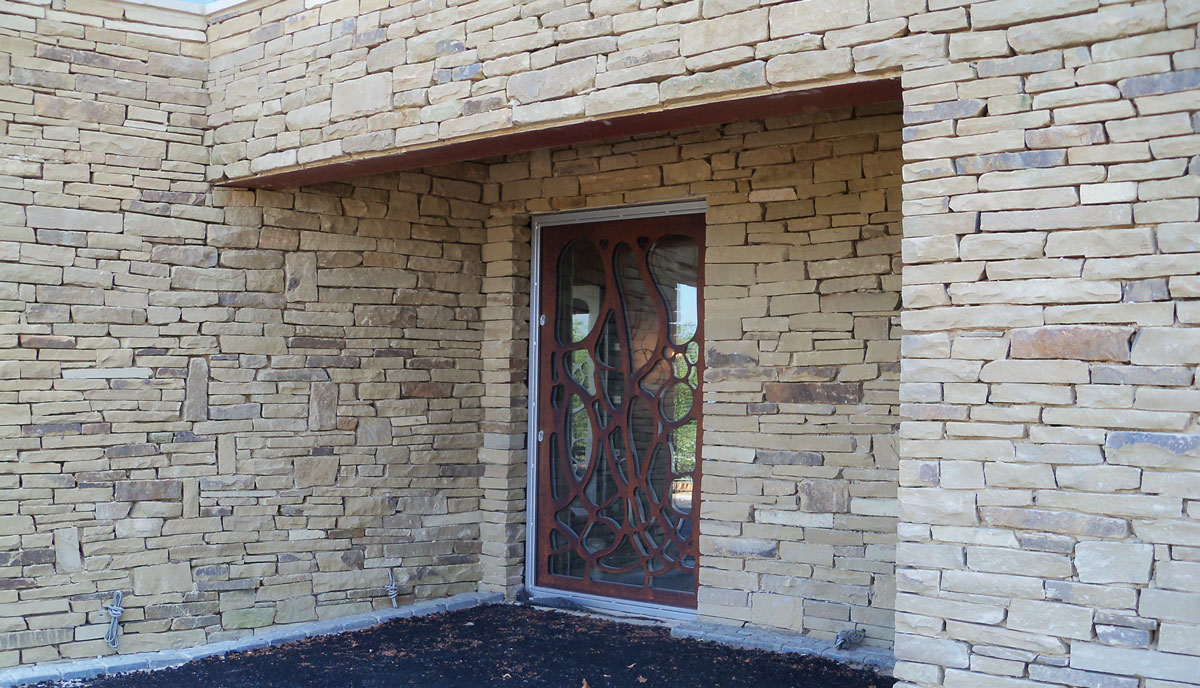Website
Address
Fowler Road
Town
Dundee
Postcode
DD5 3RU
Phone
Company Email
enquiries@discoverystone.co.uk
Mason Sub Cat
Home
Hide
Tab News
Hide
Tab Images
Hide
Tab Downloads
Hide
Tab Videos
Hide
Tab Categories
Hide
County
Angus
Title
Discovery Stone Surfaces
Address 2
West Pitkerro Industrial Estate
Country
Publish 22nd
No
Status
Record is Ready to be Published
Publishing Notes
Came from Get Listed
Printed Company Description
We are a new and upcoming Stone fabrication company that is in the process of opening in Dundee called Discovery Stone Surfaces Ltd. As part of the established Malcolm, Ogilvie & Co group, we will initially be offering supply, template and installation of the following products – Cosentino Silestone, Dekton, Sensa & Scalea, CRL stone Quartz & Ceralsio.
Contacts Email
neal@discoverystone.co.uk
Media Gallery
No
Website
Phone
Company Email
info@egestone.co.uk
Address 1
33 Lea Road
Address 2
Waltham Abbey
Address 3
Waltham Cross
County
Hertfordshire
Postcode
EN9 1AJ
UK Stocks
Yes
UK Showroom
Yes
Materials
Wholesale to Retailers
Yes
Stone Type
Wholesale to Stonemasons
Yes
About Us
Off
Tab News
Off
Tab Images
Off
Tab Downloads
Off
Tab Details
Off
Tab Videos
Off
Tab Categories
Off
First Name
Mehmet
Last Name
Kose
Country
Publish 22nd
No
Status
Record is Ready to be Published
Publishing Notes
came from Get Listed.
Contacts Email
mkose@egestone.co.uk
Media Gallery
No






